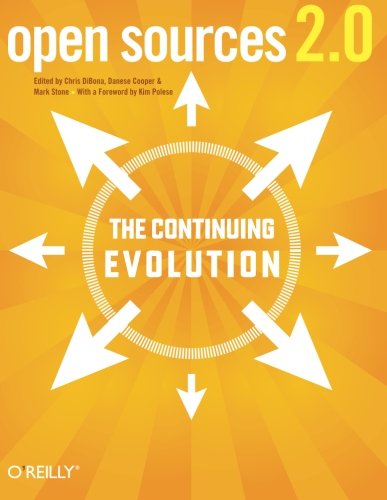
The following essay appears in the book Open Sources 2.0
from O’Reilly Media, sequel to the award winning title Open Sources
. Many thanks to O’Reilly for giving me permission to publish this here and to Chris DiBona for tracking down the permission for me.
It is said the only things certain in life are death and taxes. For those of us in the IT industry, we can add one more to the list: commoditization. The question is, how do we deal with it, particularly if we are IT vendors and not simply IT consumers, for whom commoditization is an unquestionably positive event?
Commoditization is something that happens to every successful industry eventually—success attracts attention, and there is always a competitor willing to offer a lower price to compensate for a lesser known brand or “good enough” quality, as well as customers to whom price means more than brand, quality, or anything else the high end providers have to offer them.
Often, to remain competitive at lower price points, the low end provider employs a strategy of imitation—for example, investing less in research and development than its high end peers, and instead relying on the high end providers to “fight it out” and establish standards and best practices it can then imitate in its own products.
This strategy works because success also breeds interoperability. Unless a company monopolizes a market (a temporary condition, given today’s antitrust laws), an industry eventually coalesces around a series of de facto standards that govern how competing products work with each other, or how consumers interact with like products from different vendors. In other words, given time and a large enough market, every industry naturally develops its own lingua franca.
This kind of natural standardization is good for consumers, and for the world as a whole. Few people, for example, would know how to type if every typewriter used a different layout for its keys, and the telephone wouldn’t be in widespread use today if each carrier’s network couldn’t talk to any of its competitors’ networks. And where would we be today without the descendants of typewriters and telephones, namely computer keyboards and telecommunications?
Of course, from any incumbent’s point of view, an ideal world would allow, say, the market leader in typewriters to own the layout of its product’s keys, so anyone who learned to type using its product would face huge barriers to switching to a competitor’s product. Fortunately, the layout of a typewriter’s keys and similar interoperability features are very difficult proprietary positions to enforce, so once a standard way of interoperating emerges, all vendors are free to imitate that standard in their own products.
The moral of the story is that standardization, and thus commoditization, are both natural market forces as well as key events in human history. When an industry matures and competing products become more or less interchangeable commodities, this allows new industries to build atop them to create new and innovative products that would not have otherwise been possible if the industries they built upon had not standardized. In the case of typewriters and telephones, it is clear the industries they enabled—the computer industry, e-commerce, etc.—greatly exceed the size of the industries that enabled them, both economically and in their contribution to human progress.
So, how do incumbent firms fight back against commoditization? Another moral of the story is that they shouldn’t. The forces of commoditization, being natural market forces, cannot be beaten. Yet time and time again, incumbent firms fight them. First, the challengers are ignored or dismissed as cheap knockoffs, unsuitable for any but the least demanding customer. Then, they are ridiculed, for lacking in imagination and innovation. Then, invariably, they are imitated—but by this point, it is too late, as the market has fundamentally changed, and the incumbent finds itself no longer able to compete because the former challengers are built for a commodity market while the former incumbent is not. In very simple terms, this is Clayton Christensen’s Innovator’s Dilemma at work.
This essay argues that the open source movement is just another commoditization event; and that, like other commoditization events, it represents a disruptive shift in the software industry as well as an opportunity for entrant firms to unseat the established firms against seemingly overwhelming odds. That being said, commoditization does not equate to certain death to the established firms, if they have the vision to see beyond the disruptive events that may befall them in the short term and can adapt themselves to the new commodity environment. Above all, this essay aims to convey that commoditization is a natural, and unstoppable, force that is good for everyone involved—if that force is allowed to develop on its natural course.
Pingback: Ian Murdock’s Weblog » New gig
Pingback: Ian Murdock’s Weblog » Joining Sun
Pingback: Free Software Directory » Blog Archive » Free Calendar Software - MS Word Split (Divide, Save) Pages Into Separate Files Software …
Pingback: Build systems for games « LSD::RELOAD